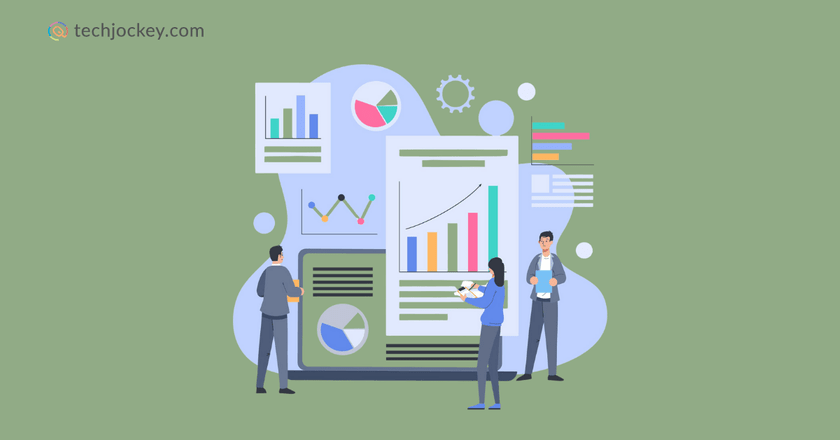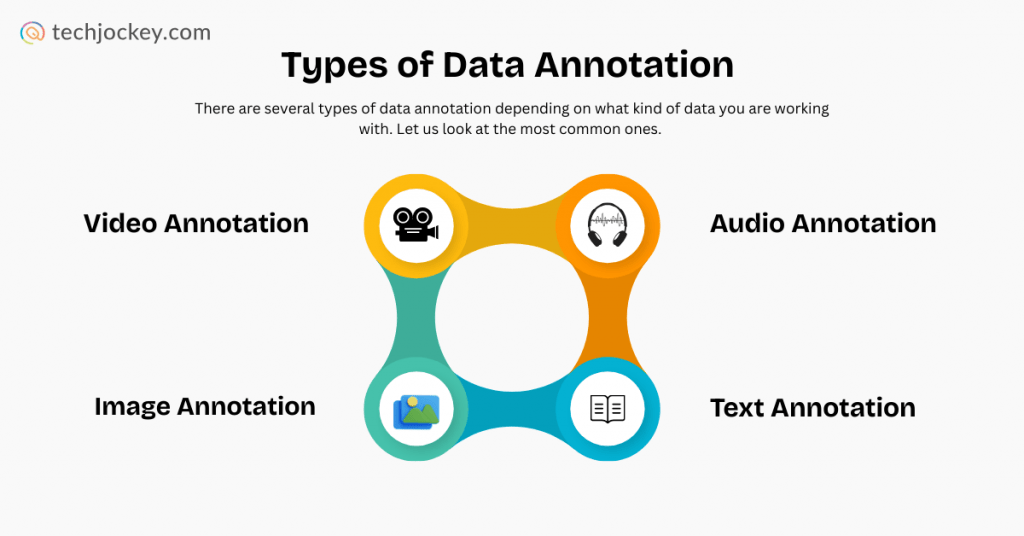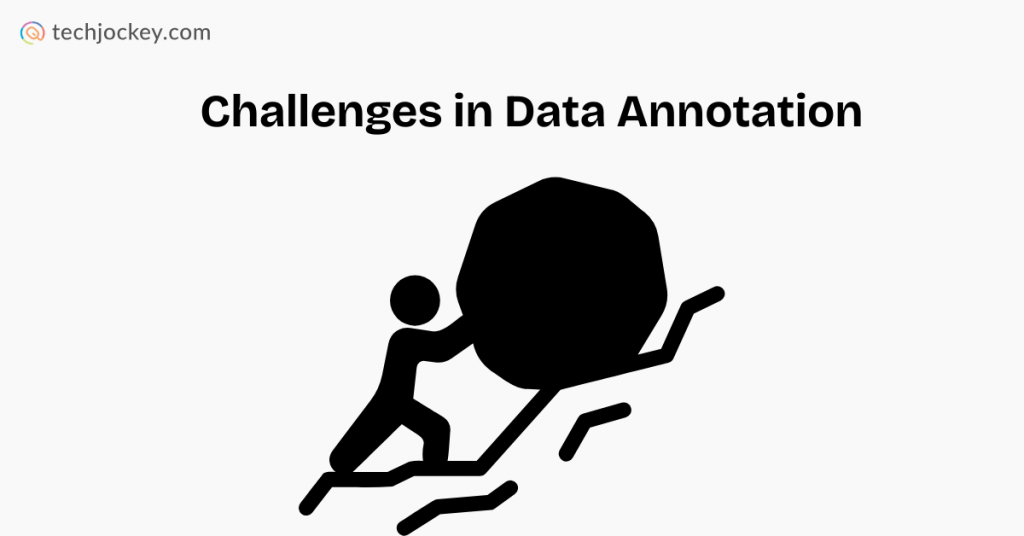Data Annotation: Types, Uses, Challenges, and Future Insights?

Have you ever asked yourself how your phone camera identifies the location of your face when you are about to take a selfie? Or what about Google Translate, which knows how to interpret various languages and provide the correct meaning? Or even to know when to stop at a red light by their self-driving cars? All this would not be possible without a thing known as data annotation.
It might seem like a technical word, but when it is broken down, it is not difficult to comprehend. Indeed, we do it daily, albeit in a different way. Let’s take a look at what data annotation is, how it functions, and why it is important in the technological world of today.
What is Data Annotation?
Data annotation is the process of labeling raw data like text, images, or audio so that machines can understand it. It helps AI models learn patterns and make accurate predictions. Without data annotation, artificial intelligence cannot be trained properly.
To put this to simple words, consider that you have a notebook stuffed with images of animals. Under the picture you write on each page the name of the animal. By doing this, a person who has never encountered these animals in their life could just check out your notebook and learn what each one is. Naming of the pictures is analogous to data annotation.
In the world of technology, data can be anything, like an image, a voice recording, a sentence, or even a video. Computers or machines cannot understand this data on their own. They need humans to add information that helps explain what the data is. That added information is called a label or tag. The process of adding those labels is what we call data annotation. In many modern tools, this process is also called AI annotations, especially when used to train smart systems.
It is used mostly in Artificial Intelligence, or AI. These systems are trained using large amounts of labeled data. The better the labels, the smarter the system becomes.
Why is Data Annotation Important?
Think of AI as a student in school. If the student gets books with missing or incorrect labels, they will learn the wrong things. Similarly, if a machine gets unlabeled or badly labeled data, it will not work properly.
Let us take another example. Your hypothetical robot can distinguish between fruits. Suppose you show it a thousand photos of apples and a thousand photos of oranges, but never tell it which is what any of them is. The robot will lack the ability to learn.
However, in case that you mark each picture with the appropriate name of the fruit, then gradually a robot will begin to form some similarities, such as shape and color. In time, it will even be able to distinguish between an apple and an orange without any outside help.
This is why the first and the most crucial process when creating any system based on a machine learning technique or based on artificial intelligence is data annotation, often referred to as AI annotations in such cases.
Suggested Category: Best Machine Learning Software
Types of Data Annotation
There are several types of data annotation depending on what kind of data you are working with. Let us look at the most common ones.

1. Image Annotation
This is when you work with pictures. You may also make boxes or circles around some of the things and put names. For example, if you are training a computer to recognize traffic signs, you would show it lots of street pictures and label the stop signs, speed limit signs, and other symbols.
In some cases, image annotation can be very detailed. You might need to draw the exact shape of an object or mark small parts like eyes, nose, or fingers in a face recognition system.
2. Text Annotation
When the data is made of words, we use text annotation. It involves marking important words or phrases in a sentence and assigning meaning to them. For example, in the sentence I am feeling happy today, the word happy can be labeled as an emotion.
This type of annotation is very important for chatbots, voice assistants, language translation apps, and even online customer service tools.
3. Audio Annotation
When the data is sound or voice, it needs to be broken down into parts so the system can learn what it means. This might include marking where someone starts speaking, where they pause, or what emotions they express in their tone.
For example, in a voice command like Play music, the word play needs to be recognized as an action. Audio annotation also helps machines understand different accents and background noise.
4. Video Annotation
Video annotation is a mix of image and audio annotation. It means labeling objects in a moving picture. You might track a person walking across the screen or label a car moving through traffic.
This type is widely used in security cameras, sports analytics, and self-driving cars.
Suggested Category: Best Video Editing Software
Where is Data Annotation Used?
Data annotation is everywhere, even if you do not notice it. Some common places where it is used include:
- In social media apps that suggest people to tag in your photos.
- In voice assistants like Alexa or Google Assistant.
- In email apps that sort spam messages.
- In online shopping apps that recommend products.
- In navigation apps that read road signs.
- In healthcare apps that read medical reports.
- In gaming, for creating smart and responsive characters
Even the filters that recognize your face and place dog ears or sunglasses on your head are powered by models trained using annotated data.
What are the Challenges in Data Annotation?
While data annotation is very useful, it comes with its own set of challenges.

Time and Effort
Data annotation takes a lot of time and energy, especially when the data is large. If you have ten thousand pictures and need to label each one manually, it can be exhausting. Large companies sometimes hire teams of people just to label data all day.
Human Mistakes
People make mistakes. If someone labels a picture of a cat as a dog by accident, the system will learn the wrong thing. These errors can reduce the accuracy of the final AI model. Inaccurate AI annotations can confuse the system and make it learn the wrong patterns.
Different Opinions
In some cases, there is no clear right or wrong label. One person might label a message as angry while another sees it as just annoyed. These differences in opinions can affect how well the system learns.
Cost
Good annotation takes skill and time, which makes it expensive. Companies often have to spend a lot of money on getting high-quality labeled data before they can even begin training their AI systems.
Privacy and Security
Sometimes the data being labeled is sensitive. It could be a patient’s health report, a private conversation, or personal photos. Keeping that data safe while still allowing people to annotate it is a major challenge.
How Data Annotation Powers AI?
As technology grows, data annotation is becoming more advanced. Some companies are now using AI to help with annotation by making suggestions that humans can approve or fix. This makes the process faster.
Data annotation is the foundation of artificial intelligence, converting unstructured and unlabeled information into well-organized training datasets. These curated datasets act as the “ground truth” that machine learning models rely on to detect patterns, deliver accurate predictions, and execute defined tasks.
By applying precise human-led labeling across formats such as text, images, audio, and video, data annotation equips AI systems with the necessary context to operate reliably in real-world scenarios. The result is stronger model performance, improved accuracy, and better user outcomes.
However, human involvement will still be needed to make sure the labels are correct. Researchers are also working on ways to train AI with less data or data that does not need much annotation. But for now, high-quality annotated data remains one of the most important parts of creating intelligent systems.
Conclusion
Data annotation may not be the most exciting to-do on the technology, but it ranks as one of the most crucial. It would not be possible without it because smart software such as face recognition, voice assistants, and translation applications will just fail to work.
It is a method of instructing machines by giving them clear, labeled examples. Similarly to how a teacher takes notes on significant items in a textbook, annotation of data assists AI systems in studying and getting better.
Knowing how this process can make you more inclined toward how the digital world operates. And who knows, you will one day form a team that will train the next big AI system.
Jyoti Sharma is a skilled content writer with five years of experience in logistics, travel, IT, and education industry. Known for transforming complex concepts into clear, engaging content. She has been writing since 2019 and excels in making complex topics accessible and interesting. Whether it's for tech updates,... Read more




























